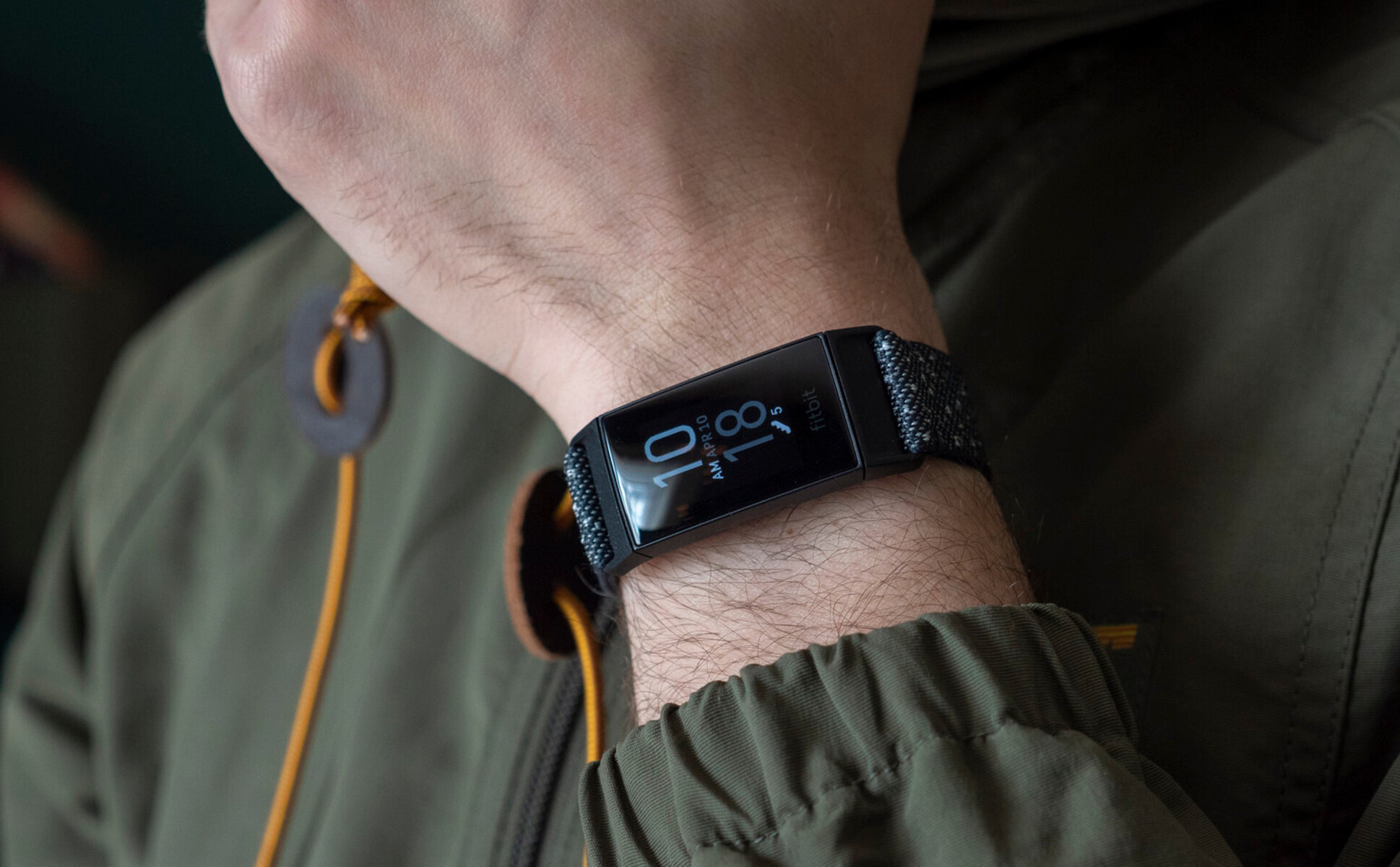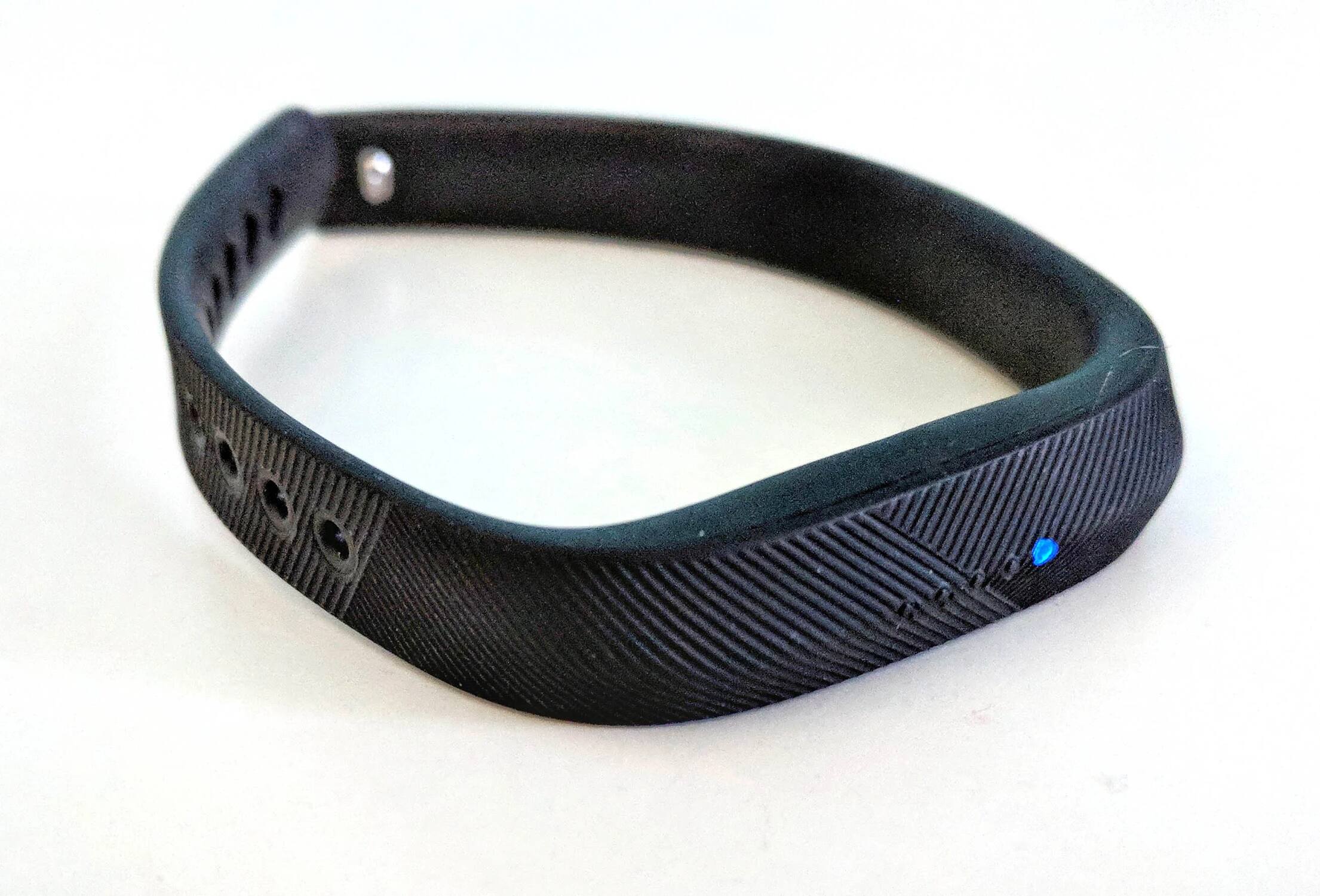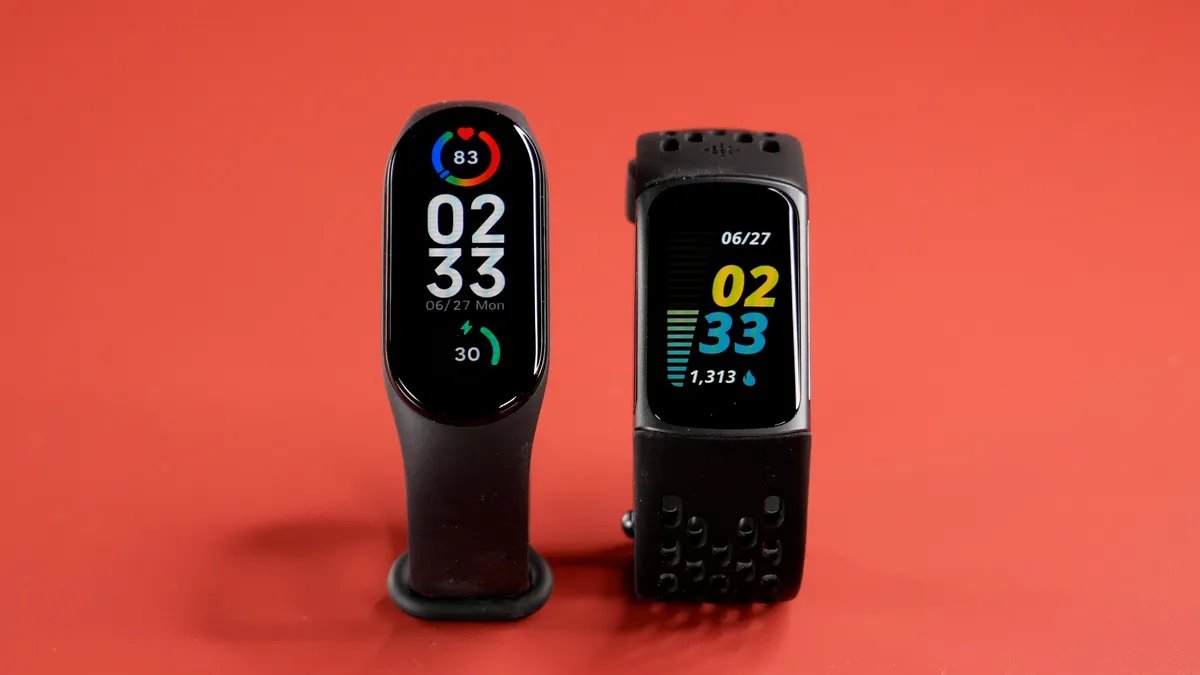Introduction
In the realm of fitness and wellness, the utilization of wearable technology has revolutionized the way individuals track and monitor their physical activity. Fitbit, a prominent player in this arena, offers a comprehensive suite of features, including the concept of "Below Zones." Understanding the significance of "Below Zones" on Fitbit is crucial for maximizing the benefits of this innovative tool for fitness tracking and overall well-being.
The term "Below Zones" on Fitbit refers to the heart rate zones that are below a certain intensity level during physical activity. These zones are integral components of Fitbit's tracking capabilities, enabling users to gain insights into their overall cardiovascular health and fitness progress. By delving into the specifics of "Below Zones" and their implications, individuals can harness this knowledge to optimize their workout routines and enhance their fitness journey.
As we embark on this exploration of "Below Zones" on Fitbit, it is essential to recognize the multifaceted nature of fitness tracking. With the ever-increasing emphasis on holistic well-being, the integration of wearable technology such as Fitbit has empowered individuals to take charge of their health proactively. By delving into the intricacies of "Below Zones," users can gain a deeper understanding of their body's responses to varying levels of physical exertion, thereby fostering a more informed and effective approach to fitness.
In the subsequent sections, we will unravel the significance of "Below Zones" on Fitbit, elucidating how this feature can be harnessed to optimize fitness tracking and propel individuals towards their wellness goals. By comprehensively examining the nuances of "Below Zones," users can unlock valuable insights that will enrich their fitness endeavors and contribute to a more holistic and proactive approach to well-being.
What are "Below Zones" on Fitbit?
"Below Zones" on Fitbit encompass the heart rate zones that denote activity at a lower intensity level during physical exertion. Fitbit employs a multi-tiered approach to categorizing heart rate zones, with "Below Zones" specifically targeting activities that fall within the lower end of the intensity spectrum. These zones typically encompass heart rates that are below a certain threshold, signifying light to moderate physical activity.
In the context of Fitbit's heart rate tracking, the "Below Zones" are instrumental in providing users with a comprehensive overview of their cardiovascular responses during different levels of exertion. By delineating specific heart rate thresholds, Fitbit enables individuals to discern when their bodies are operating at a relatively low intensity, such as during leisurely walks, light yoga sessions, or other activities that do not elicit a significant cardiovascular response.
Understanding the dynamics of "Below Zones" on Fitbit is pivotal for users seeking to gain insights into their overall physical activity patterns and the associated cardiovascular effects. By monitoring and analyzing the time spent in these lower-intensity heart rate zones, individuals can gauge the distribution of their physical efforts and make informed adjustments to their workout regimens.
Moreover, "Below Zones" play a crucial role in the holistic framework of fitness tracking by offering a nuanced perspective on the diverse facets of physical activity. While high-intensity workouts often garner substantial attention, acknowledging the significance of lower-intensity activities is equally vital for comprehensively assessing one's overall fitness journey.
By incorporating "Below Zones" into the broader spectrum of fitness tracking, Fitbit empowers users to cultivate a more holistic understanding of their physical exertion and its impact on their cardiovascular health. This inclusive approach fosters a more balanced and nuanced perspective on fitness, underscoring the value of all levels of physical activity in contributing to overall well-being.
In essence, "Below Zones" on Fitbit serve as a pivotal tool for illuminating the subtleties of physical activity and heart rate dynamics, thereby enabling users to gain a comprehensive understanding of their fitness endeavors. By recognizing the significance of these lower-intensity heart rate zones, individuals can harness this knowledge to optimize their fitness routines and embark on a more informed and holistic approach to well-being.
Understanding the significance of "Below Zones"
The significance of "Below Zones" on Fitbit extends far beyond mere categorization of lower-intensity physical activity. It serves as a window into the intricate interplay between varying levels of exertion and their impact on cardiovascular health, offering invaluable insights that enrich the fitness tracking experience.
At the core of its significance lies the comprehensive portrayal of an individual's physical activity spectrum. While high-intensity workouts often take center stage in fitness discourse, acknowledging and comprehending the importance of lower-intensity activities is equally crucial. "Below Zones" shed light on the often overlooked realm of light to moderate physical exertion, encompassing activities such as leisurely walks, gentle yoga sessions, or casual strolls. By capturing these nuances, Fitbit empowers users to embrace a holistic approach to fitness, recognizing the value of all levels of physical activity in contributing to overall well-being.
Moreover, "Below Zones" play a pivotal role in fostering self-awareness and informed decision-making. By monitoring the time spent in these lower-intensity heart rate zones, individuals can gauge the distribution of their physical efforts and make data-driven adjustments to their workout regimens. This data-driven approach enables users to fine-tune their fitness routines, ensuring a more balanced and personalized approach to physical activity.
Furthermore, the significance of "Below Zones" transcends the realm of immediate fitness tracking, extending to the broader landscape of cardiovascular health. By gaining insights into their cardiovascular responses during different levels of exertion, individuals can cultivate a deeper understanding of their overall physical well-being. This knowledge empowers users to make proactive choices that align with their individual fitness goals, ultimately contributing to a more sustainable and personalized approach to wellness.
In essence, the significance of "Below Zones" on Fitbit lies in its ability to illuminate the subtleties of physical activity and heart rate dynamics. By recognizing and embracing the multifaceted nature of fitness tracking, users can harness the wealth of information offered by "Below Zones" to optimize their workout routines, cultivate self-awareness, and embark on a more informed and holistic approach to well-being.
How to utilize "Below Zones" for fitness tracking
Utilizing "Below Zones" on Fitbit for fitness tracking entails a multifaceted approach that encompasses leveraging the insights gleaned from these lower-intensity heart rate zones to optimize workout routines, foster self-awareness, and cultivate a holistic approach to well-being.
1. Tailoring Workout Regimens
One of the primary ways to harness the potential of "Below Zones" is by using the data to tailor workout regimens. By monitoring the time spent in these lower-intensity heart rate zones, individuals can gain a comprehensive understanding of the distribution of their physical efforts. This data-driven approach enables users to make informed adjustments to their workout routines, ensuring a more balanced and personalized approach to physical activity. For instance, if an individual notices an insufficient amount of time spent in the "Below Zones," they may consider incorporating activities such as leisurely walks or gentle yoga sessions to achieve a more comprehensive and well-rounded workout regimen.
2. Cultivating Self-Awareness
The utilization of "Below Zones" also fosters self-awareness by providing users with a nuanced perspective on their physical activity patterns. By recognizing the significance of lower-intensity activities and their representation in the "Below Zones," individuals can gain a deeper understanding of their overall physical exertion. This heightened awareness empowers users to make conscious choices regarding their fitness routines, ensuring that they encompass a diverse range of activities and intensity levels to promote overall well-being.
3. Optimizing Cardiovascular Health
Furthermore, "Below Zones" can be utilized to optimize cardiovascular health by enabling users to gain insights into their cardiovascular responses during different levels of exertion. By leveraging the data derived from these lower-intensity heart rate zones, individuals can cultivate a deeper understanding of their overall cardiovascular well-being. This knowledge empowers users to make proactive choices that align with their individual fitness goals, ultimately contributing to a more sustainable and personalized approach to wellness.
4. Embracing a Holistic Approach
Ultimately, the utilization of "Below Zones" on Fitbit for fitness tracking underscores the value of embracing a holistic approach to well-being. By recognizing and incorporating the insights garnered from these lower-intensity heart rate zones, individuals can optimize their workout routines, foster self-awareness, and embark on a more informed and holistic approach to fitness tracking. This inclusive approach ensures that all facets of physical activity, from lower-intensity exercises to high-impact workouts, are integrated into the broader framework of fitness, promoting a well-rounded and sustainable approach to overall well-being.
In essence, the utilization of "Below Zones" for fitness tracking on Fitbit empowers individuals to optimize their workout regimens, cultivate self-awareness, and embrace a holistic approach to well-being, thereby enhancing the overall fitness tracking experience and contributing to a more informed and personalized approach to physical activity.
Conclusion
In conclusion, the concept of "Below Zones" on Fitbit encapsulates a wealth of insights that extend far beyond mere categorization of lower-intensity physical activity. By delving into the nuances of these heart rate zones, individuals can gain a comprehensive understanding of their physical exertion, cardiovascular responses, and overall well-being. The significance of "Below Zones" lies in their ability to foster self-awareness, optimize workout routines, and cultivate a holistic approach to fitness tracking.
Through the lens of "Below Zones," users can tailor their workout regimens by leveraging the insights derived from lower-intensity heart rate zones. This data-driven approach enables individuals to make informed adjustments, ensuring a balanced and personalized approach to physical activity. By recognizing the representation of lower-intensity activities in the "Below Zones," users can embrace a diverse range of activities and intensity levels, promoting overall well-being and sustainable fitness practices.
Moreover, the utilization of "Below Zones" empowers individuals to gain insights into their cardiovascular responses during different levels of exertion, ultimately contributing to a more informed and personalized approach to wellness. By harnessing the data derived from these heart rate zones, users can make proactive choices that align with their individual fitness goals, optimizing their cardiovascular health and overall well-being.
The holistic framework of fitness tracking is enriched through the inclusion of "Below Zones," underscoring the value of all levels of physical activity in contributing to overall wellness. By embracing a comprehensive approach that encompasses both lower-intensity exercises and high-impact workouts, individuals can embark on a well-rounded and sustainable fitness journey.
In essence, the understanding and utilization of "Below Zones" on Fitbit offer a pathway to a more informed, personalized, and holistic approach to fitness tracking. By recognizing the significance of these heart rate zones and integrating their insights into their fitness endeavors, individuals can optimize their workout routines, foster self-awareness, and cultivate a sustainable approach to overall well-being.























